Last year, Willard was the fourth-busiest hump yard on the railroad, when it processed an average of 1,411 cars per day, according to the CSX 2016 annual report. Last week, the former Baltimore & Ohio hump classified fewer than half that number, CSX officials told the Surface Transportation Board.
The hump was closed on Oct. 19, CSX spokesman Rob Doolittle says.
The move leaves CSX with four active yard humps in: Cincinnati, Indianapolis, Selkirk, N.Y., and Waycross, Ga. Those are likely to remain core humps, Harrison said on last week’s quarterly earnings call with investors and analysts.
CSX has idled eight humps, including ones in Atlanta; Birmingham, Ala.; Cumberland, Md.; Hamlet, N.C.; Louisville, Ky.; Nashville, Tenn.; and Toledo and Willard, Ohio.
Avon, Ind., was idled briefly, only to be reopened in August to relieve congestion on CSX’s western corridor. And in the spring CSX officials had announced the transition of Selkirk to flat-switching, but later decided to continue hump operations.
Hump yards are expensive to operate and maintain and can be justified only when they handle sufficient volume, Harrison has said.
Humps date to an era when a much higher percentage of traffic moved in merchandise service than it does today. Just since 2000 CSX’s carload traffic has declined by 20 percent, or the equivalent of 22 fewer 75-car trains per day.
Precision Scheduled Railroading aims to minimize car handling en route, including bypassing intermediate terminals to move traffic as efficiently, quickly, and reliably as possible. Train plan changes that have accompanied hump closures diverted traffic that did not need to be classified at each yard.
As flat-switching facilities, the yards process cars for local pickup and delivery, as well as handle block-swapping among road trains.





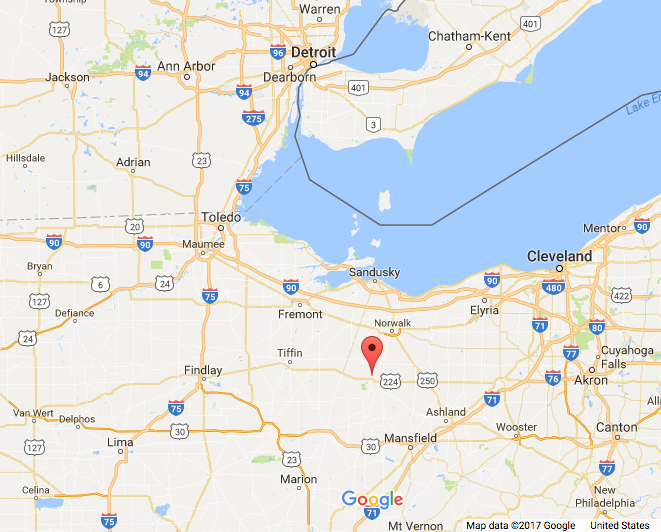

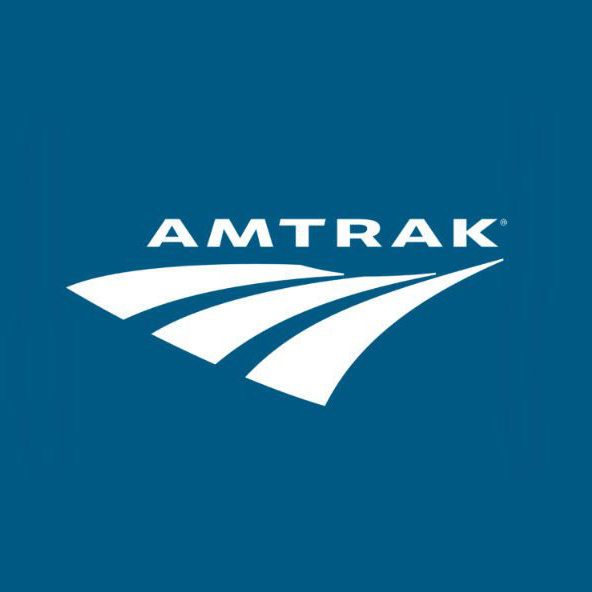
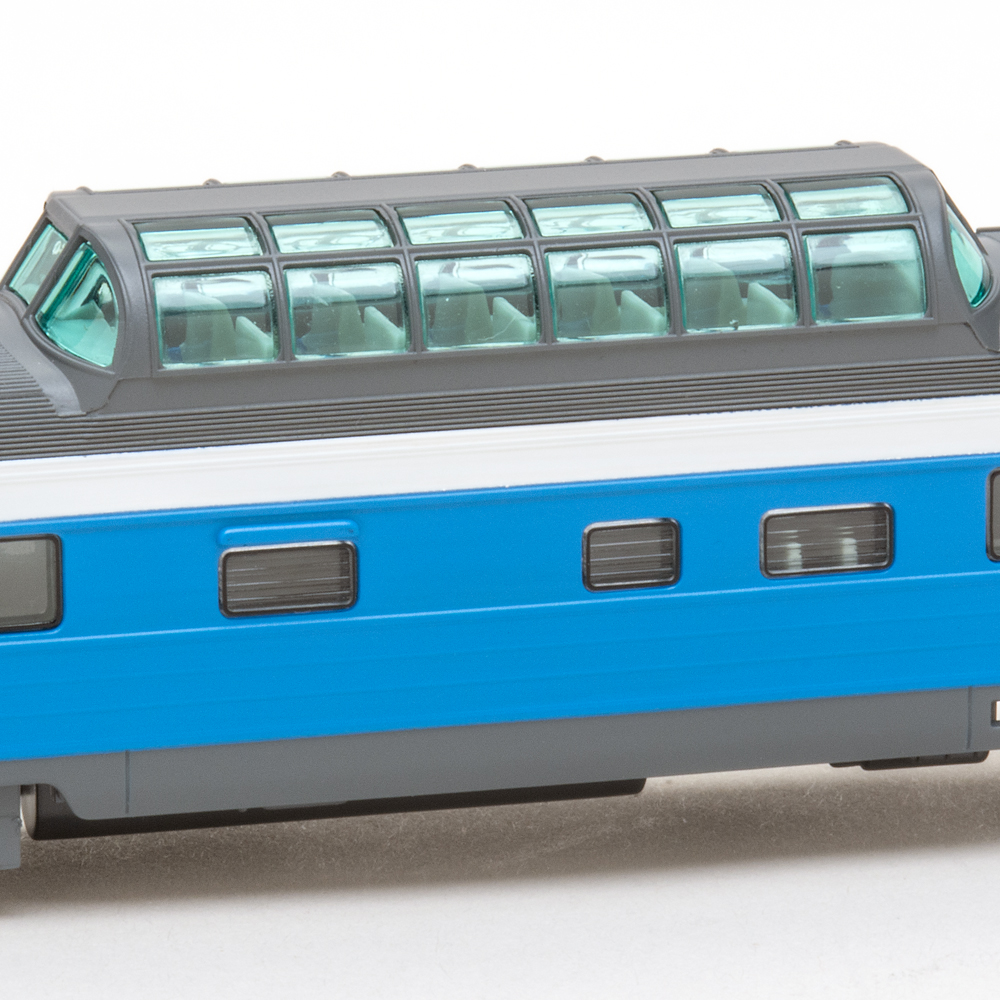
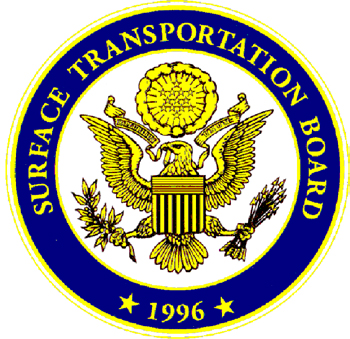
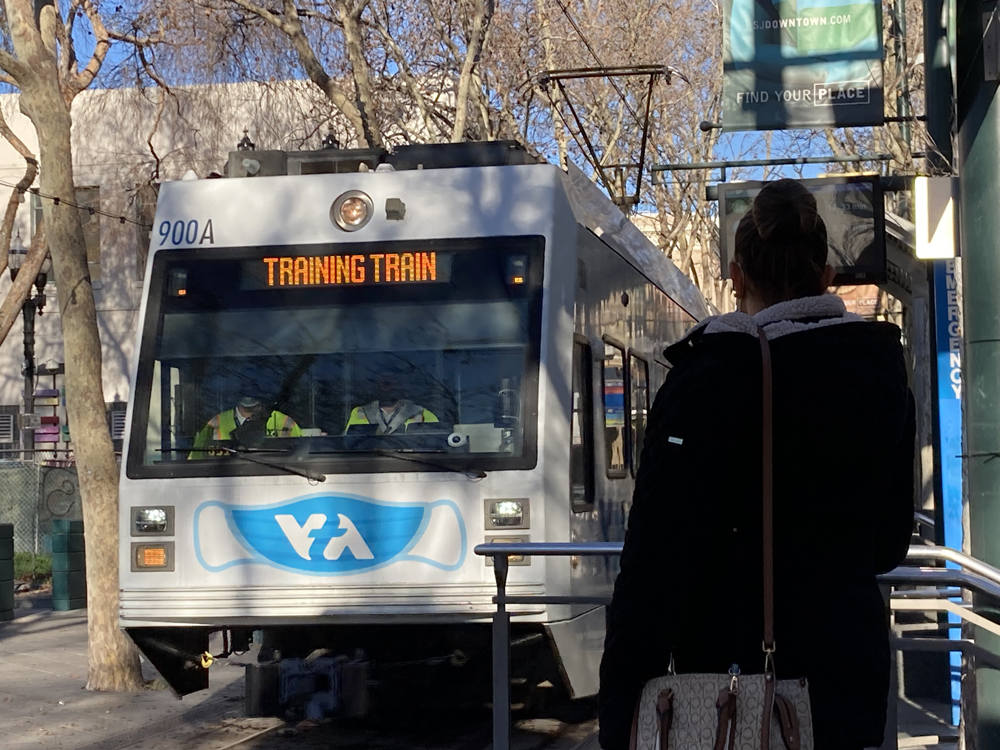




will north baltimore be next
I disagree Alex. You obviously have some railroad experience, and with that said there is no way flat switching could ever be as fast, or as efficient as sorting with a hump. I have worked for CSX for more than 10 years at this point, and I actually hired on at one of the hump yards that has close the hump, and reverted to Flat switching. With that said, these nice neat organized blocks of cars you spoke of are not showing up in blocks, but in jumbled-up messes. Trying to switch these blocks out in the receiving yard with limited tracks is absolutely ludicrous. Not to mention being instructed to never hold an inbound train out for the switching operation.
I can on the other hand see how Harrison’s Precision railroading worked at these Canadian railroads whose operations are much smaller than that of CSX. Both of the Canadian railroads in question we’re on the brink of bankruptcy, unlike CSX when Harrison came in. It is also puzzling why CSX would have hire Harrison in the first place, as he attempted a hostile takeover of CSX as the CEO of Canadian Pacific. A railroad that he subsequently step down from, and walked away from nearly 300 million in pay and compensation left on his contract, that CSX agreed paid in an effort to retain Harrison’s services. In fact CSX was pressured by hedge fund, and investing firm Mantle Ridge (which owns about 5% of CSX stock) to hire Harrison, after the retirement of former CEO Michael Ward as reported by Reuters on March 7 of this year. Also quite odd in the hiring of Harrison, is the fact Mantle Ridge founder Paul Hilal, as well as three other individuals we’re all given seats on the board, information that can also be found in the same article.
In my humble opinion, and that of others currently working for CSX, it appears as if Harrison is purposely running the railroad into the ground (no pun intended). Although CSX stock has stayed relatively level in the face of recent upheavals, if CSX continues two face adversities, it would stand to reason that the stock price would eventually plummet. If and when this happens, it would stand to reason, that a take over of CSX would be much more probable than the previous attempt by Harrison and gang while he was at the CP. AS PREVIOUSLY STATED THIS LAST PARAGRAPH IS IN MY OPINION, NONE-THE-LESS IT’S FOOD FOR THOUGHT.
OK, that post from Alex Christmas was very clear and helpful.
I was in Cumberland a couple of weekends ago and saw a lot of empty yard and a lot of stored locos and it made me cranky, because, well, I’m attached to Cumberland.
But I assumed this pre-blocking had long been commonplace. Perhaps not?
On the other hand, if CSX has more assets than business, and the story behind the story is figuring out (in the open) how to better manage a business that might be in decline, then maybe let’s listen up. CSX isn’t in the business of caring about our attachments. I didn’t witness firsthand the changes of the 70s but a whole lot of stuff folks were attached to vanished in a hurry.
Thank you Alex, great info and examples.
Boy, am I glad I’m modeling the U.P.! Gave up CSX when this all started.
This isn’t because carload traffic is being chased away, it is because you don’t need a hump there anymore, since originating terminals pre-block their traffic. This simply did not happen before Harrison’s time, despite there being provisions for it in the train plan.
Previously, Willard was a loose carload dumping ground. Nothing really came in blocked. Now, almost everything coming at it is blocked up, good for a setout or pickup. It is far more efficient to flat-switch the remaining classification load than it is to maintain a hump for less than 1500 cars classed daily. Keep those blocks on air, and then you also save your inbound inspection/air bleed and your departure Class I airtest – two very labor-intensive and time-consuming processes.
Besides, Willard is a small hump which struggles with long trains. Much easier from an operational standpoint to keep trains around as short a time as possible. Surely, the goal is for train to arrive, make their setout and pickup, get the recrew, and be on their way.
A good example of this is the Q384/385, now operating between Grand Rapids, MI and Selkirk, NY. This isn’t because there’s a lot of GRP-SEL traffic, but rather GRP classifies all of its traffic into blocks. Only the Selkirk block goes all the way, while Q384 makes pickups/setouts in, at minimum, Plymouth, MI and Walbridge, OH, but I’m sure a stop at Willard and elsewhere to the east occurs as well. Previously, traffic going east of GRP was simply dumped on the hump at Stanley, and then probably dumped onto Willard again. Now they block for Detroit, Walbridge, Willard, Columbus, Cincinnati, Selkirk, and a couple others.
Sure, CSX was a scheduled railroad. But Harrison has changed the way that the railroad thinks about train planning. Now it is much less hub-and-spoke, rather a point-to-point with block exchanges at intermediate points where is makes sense to do so. This is why the number of train symbols and hump count has plummeted, while the number of carloads has remained more or less flat.
I’m not going to say that Harrison’s plans are the be-all, end-all, but if the current plans ever level out and become routine, they’ll be significantly more efficient and just as fast, if not faster, than the previous methods and standards. The key is that more efficient generally equals less cost, so better margins, and a lower operating ratio.
I’m getting really tired of hearing about how PSR tries to minimize handlings. All railroads do this. All railroads have all sorts of tools to accomplish this. How about talking to NS, BNSF and UP about this?
Closing Willard has nothing to do with “minimizing handlings”. It has everything to do with reducing assets to fit the traffic.
This is on you, CSXT shareholders, for allowing this functioning lunatic to come in and do what he’s doing.
A read of Jim McClellan’s book “My Life With Trains” reveals the in-depth studies undertaken prior to major decisions by NS, going after Conrail, etc. One wonders about that due-diligence on CSX currently.
NOOOOOOOOOOOOOOOOOOOOOOOOOOOOOOOOOOOOOOO
We are still yet to be shown how flat switching a hump yard is more efficient.
Hump numbers are down because carload business is being chased away. Just like in the 1980s when shippers were chased away to “justify” the abandonment of branches. I know of no other industry that strives to discourage business like railroading.
More slash and burn tactics.
I guess when you run most of your business off the railroad, as train movements diminish, the result should be more precision railroading.